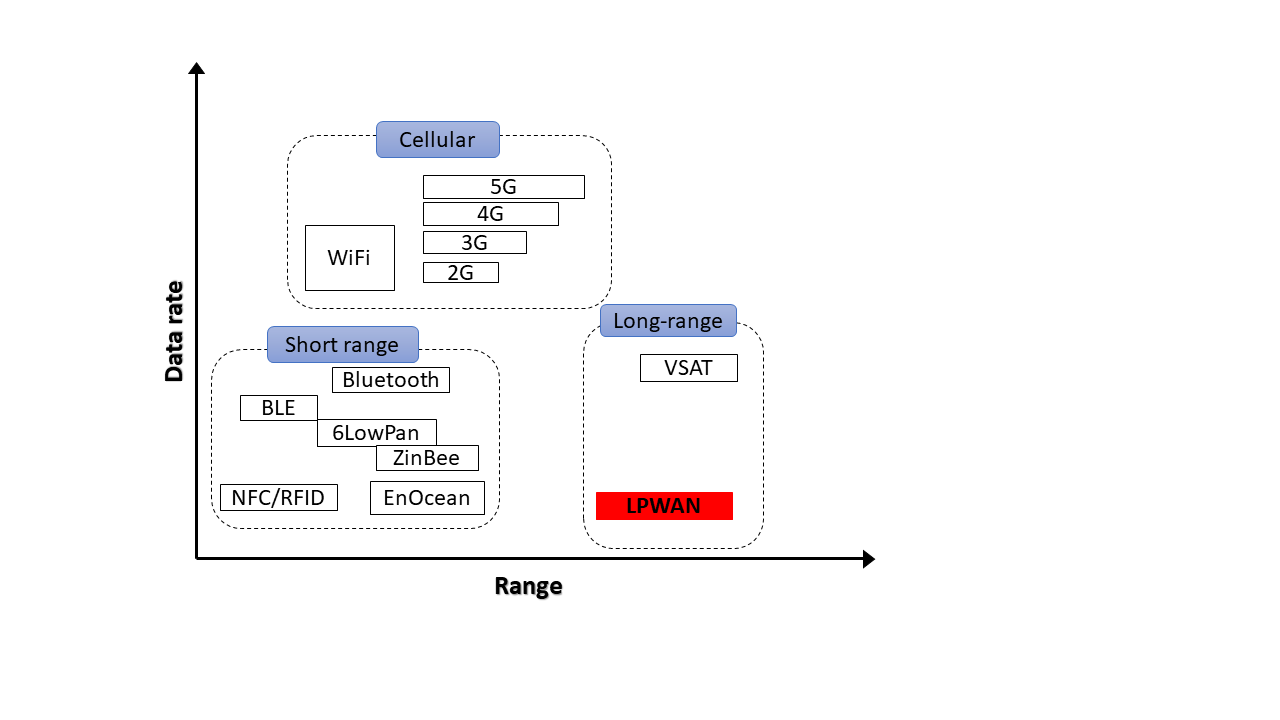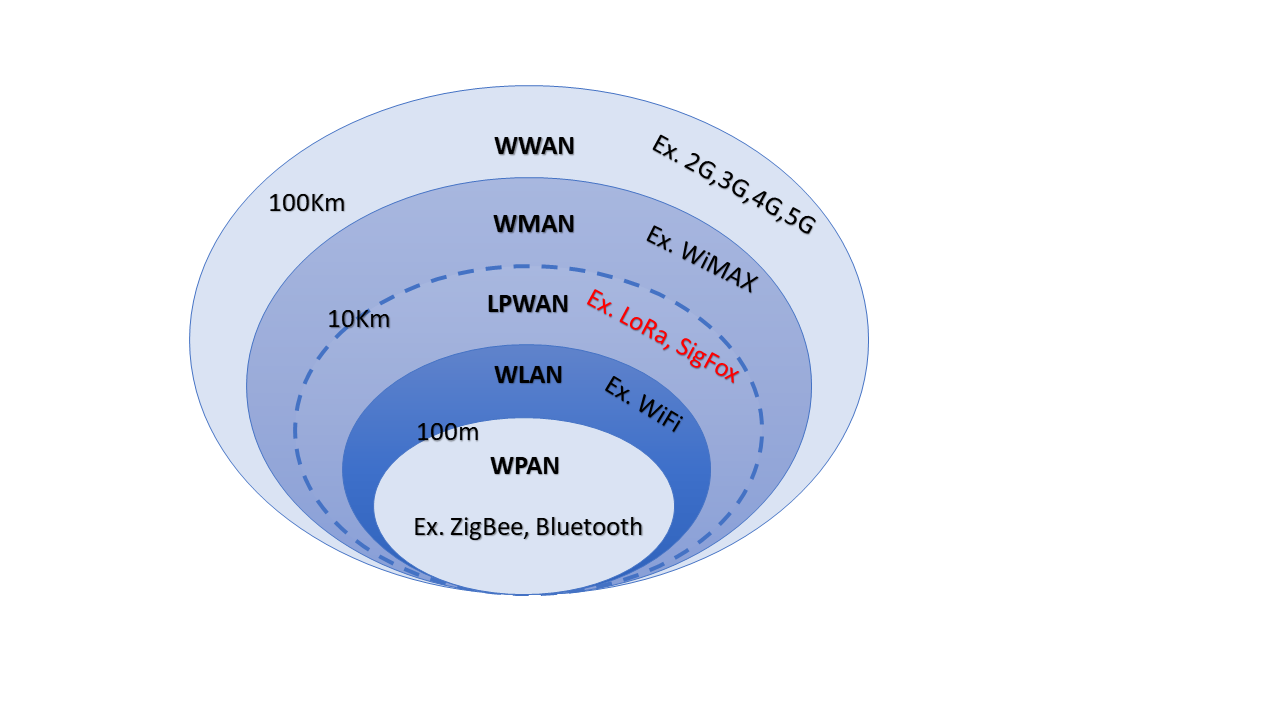IoT Network
IoT Network
Internet of Things (IoT) devices shares or spread data to other devices or interfaces that are nearby using communication technologies known as IoT networks. IoT devices and sensors can connect using a variety of IoT networks. To be able to collect data in real-time and obtain insights through IoT applications, it is essential to select the appropriate networking protocol for the specified requirements.
Through an IoT platform, there are numerous ways to exchange data between IoT sensors and a web or mobile application. Everyone has benefits and drawbacks. There is no one size fits all answer.
Short-range wireless and wired networks
The sensors can be wired as the first option. Use wireless networks with a small range instead. However, it is quite constrictive because it does not offer a universal perspective. We can mention the following about wireless networks:
WIFI is a significant energy guzzler, does not permit practical battery operation, and is not well suited to an industrial setting.
Bluetooth, ZigBee, Z-Wave
M2M – 2G, 3G, 4G & 5G networks
Up until now, the only global method for connecting an item (a machine, a vehicle, etc.) to know its condition, its location, or interact with it involved equipping it with a SIM card and using the GPRS/ 3G network of a telecom provider. There are acknowledged issues with this technology, often known as M2M (Machine to Machine):
- Expensive equipment: it can be challenging to acquire a 3G modem for less than 20–30 ..
- The sensor’s size is incompatible with many use cases due to its extremely high energy consumption, which necessitates either a permanent power source (and consequent wiring) or a strong battery.
- Broad footprint
- Due to the requirement for a costly and dense radio network, a membership fee for connectivity is not small.
Therefore, connecting small things or using the M2M when there is no power source is challenging. Or to acknowledge that the sensor is more expensive than the associated object… Not to add that having a connected object running on 3G all the time is bad for your health due to the number of emissions.
LPWAN – Low Power Wide Area Networks
Low Power Wide Area Network (LPWAN) technologies have evolved in this setting. The goal of this technique is to suggest sensors.
- Cheap only a few euros in total.
- Small sizes, less than a few cm distant.
- has a long battery life of 5 to 10 years and can run on batteries.
- Designed to operate at very low data rates and cost just a few cents per month in euros.
If the LPWAN technology is old, having been implemented in the 1990s (for instance, the Alarm Net network in the United States), it will be necessary to wait until SIGFOX’s creation in 2009 and the launch of its first network in France in 2012 before it starts to be organized and become more widely used.
SigFox and LoRaWAN are the main players in the LPWAN, or low power wide area network, for Internet of Things projects. Other innovations like Sand trip (Russia), Weightless (Ingenu), and RPMA (Ingenu) aren’t as well known yet. Also emerging is NB-IoT.

Powerful, shared infrastructure for IoT
An intricate, dispersed ecosystem of standards, products, and services stands in the way of organizations attempting to implement IoT solutions. Enterprise IoT initiatives are frequently slowed down or stopped by this complexity, which raises risks and lowers the return on investment.
By combining various physical-layer networks into a single converged network, an IoT access network solves these problems. A shared network can converge IoT endpoint administration and policy-setting, standardize security protocols, and streamline the onboarding of IoT sensors and devices. In other words, an IoT access network helps businesses to reap the rewards of IoT use cases more quickly.
The IoT Suite speeds up deployments, lowers costs, and maximizes the benefits of IoT solutions by making it simpler to construct IoT access networks by leveraging LAN and WLAN infrastructure. The excuse that an organization can’t implement IoT because it lacks the time, money, or resources to build new overlay networks to support a single IoT solution provider is no longer valid.





